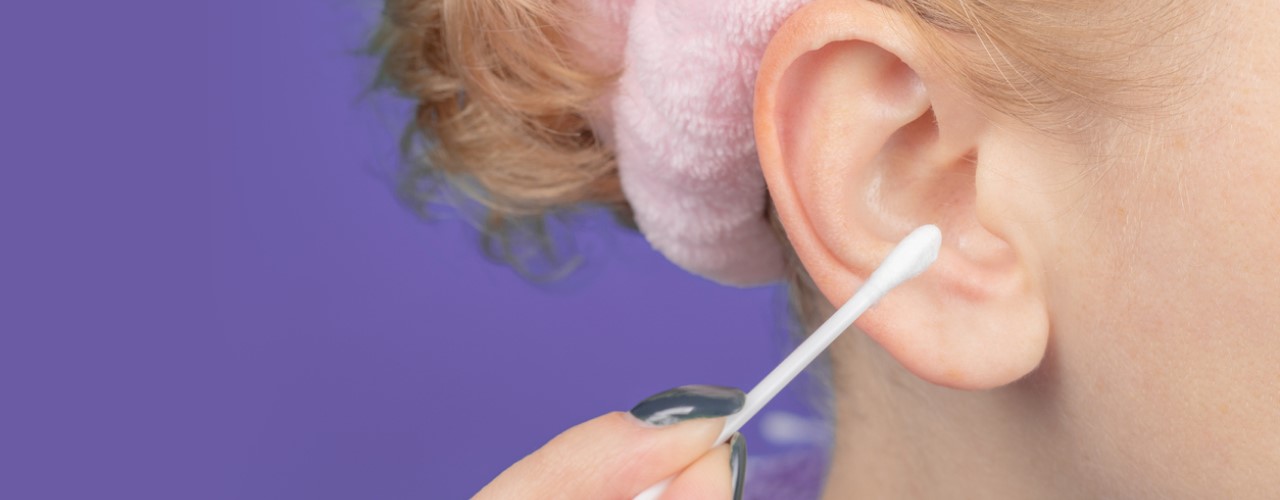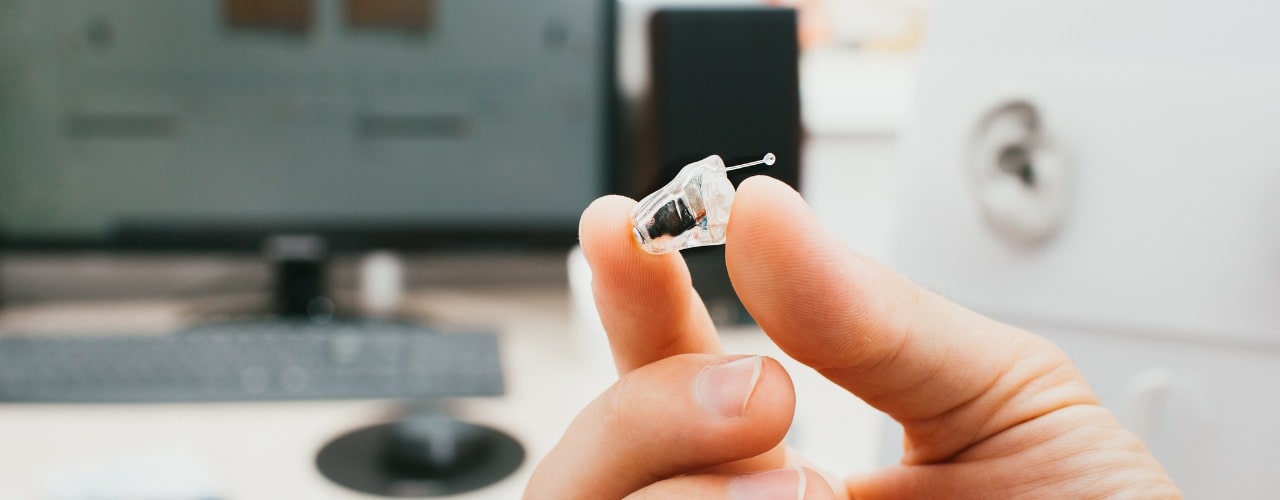Earwax removal: Do's, Don'ts and When Seek Treatment
Earwax, often considered an inconvenience, is a natural substance produced by your body for a reason. In small amounts, it serves as a helpful ear cleaner and even possesses antibacterial and antifungal properties. However, when it accumulates excessively, it can lead to various discomforts and health issues. In this informative guide, we'll explore the do's, don'ts, and when to seek treatment for earwax-related concerns.
The Benefits of Earwax
Earwax, scientifically known as cerumen, originates from a blend of fatty secretions from sebaceous and sweat glands within the outer ear canal. This mixture serves as a protective barrier, trapping foreign particles and preventing them from reaching the delicate eardrum.
As earwax naturally migrates from the ear canal's interior towards the opening, it cleanses the ear and wards off infections. It also moisturises the ear canal, preventing dryness and itchiness. Therefore, it's vital to recognise that some earwax is essential for ear health.
The Consequences of Excessive Earwax
Excessive earwax can manifest through several noticeable signs and symptoms. When earwax accumulates and obstructs the ear canal, it can result in discomfort and various problems, including:
- Earaches: A blocked ear canal can lead to pain and discomfort, making it challenging to hear clearly.
- Infections: Excessive earwax can create a conducive environment for bacterial or fungal infections.
- Coughing: In some cases, earwax can stimulate the vagus nerve, which supplies the outer ear, leading to persistent coughing.
- Hearing Loss: Accumulated earwax can obstruct sound waves, causing partial hearing loss.
If you experience the above symptoms without an explanation, it may be an indication of excessive earwax buildup. Additionally, you might notice earwax appearing at the ear canal's opening or experience recurrent ear infections.
The Do's and Don'ts of Earwax Management
When it comes to managing earwax, it's essential to follow certain guidelines to avoid potential health risks:
The Do's:
- Leave It Alone: ENT experts advise against earwax removal unless it causes problems. Often, the best approach is to let the body's natural mechanisms take care of it.
- Use Water: If you experience earwax buildup, a simple and safe at-home method is to use water. Tilt your head so the affected ear points up, then drip a few drops of plain water, saline solution, or hydrogen peroxide into the ear. Allow gravity to pull the fluid through the wax for a minute, then tilt your head the other way to let the fluid and wax drain out. You can also use a bulb syringe to flush the ear gently.
- Over-the-Counter Eardrops: There are over-the-counter eardrops available that can help break up earwax. They come in water-based or oil-based formulations, with both being effective. Follow the instructions on the product label.
The Don'ts:
- Avoid Cotton Swabs: Never insert cotton swabs or any objects into your ear canal. Doing so can push the earwax deeper and potentially cause damage.
- No DIY Removal Tools: Refrain from using DIY earwax removal tools or kits that claim to remove earwax. These can be unsafe and may lead to injury.
- No Bulb Syringe with a Damaged Eardrum: If you suspect a damaged eardrum or have a history of ear issues, do not use a bulb syringe. Consult a healthcare professional instead.
Seeking Professional Help
If you've followed the do's and don'ts and still experience earwax-related problems, it's time to seek professional help. An earwax blockage can be safely removed by a specialist who possesses the expertise and appropriate tools. They may use slender, spoon-like curettes to remove the excess earwax safely.
Hearing Aid Users Beware
For those who wear hearing aids, it's crucial to be vigilant about earwax. Hearing aids can obstruct the natural migration of earwax out of the ear, potentially leading to excessive earwax production. This can damage hearing aids, with up to 70% of hearing aids sent for repair being affected by earwax. If you wear hearing aids, consult your primary care clinician regularly to check for earwax buildup.
Maintain Healthy Ears
In conclusion, earwax, when managed appropriately, plays a crucial role in ear health. Following the do's and don'ts outlined here can help you maintain clean and healthy ears. Remember, if you encounter persistent earwax-related issues, it's best to consult a healthcare professional for safe and effective removal.
Take action and contact us today to ensure your ear health and schedule a check-up or earwax removal with a healthcare professional if you have concerns about earwax buildup.
Harley Street is the UK's foremost private medical centre, which is dedicated to providing high-quality care for your ear, nose, throat, head & neck, and balance-related disorders. Find out more information on how Harley Street ENT can help you here.










